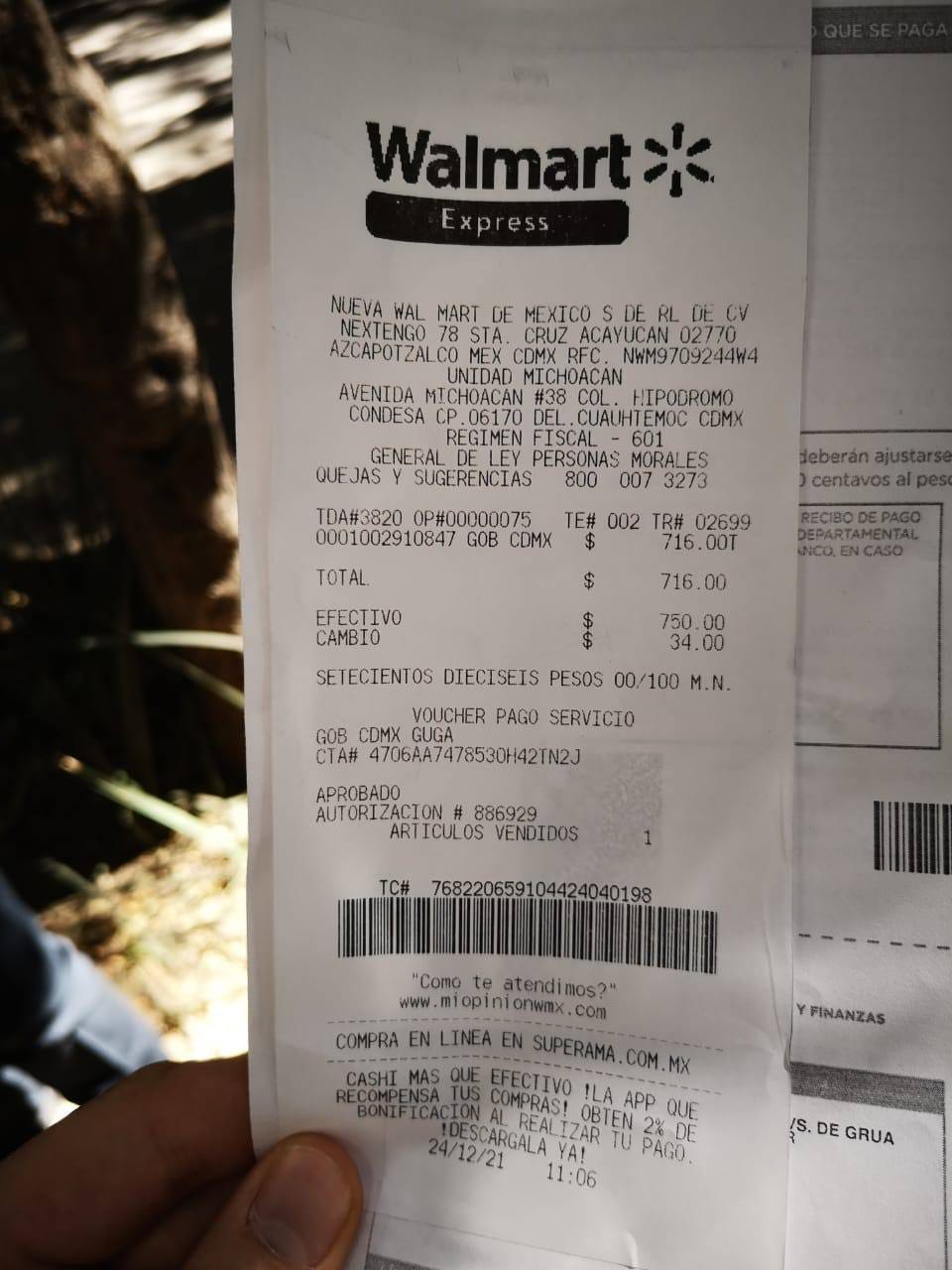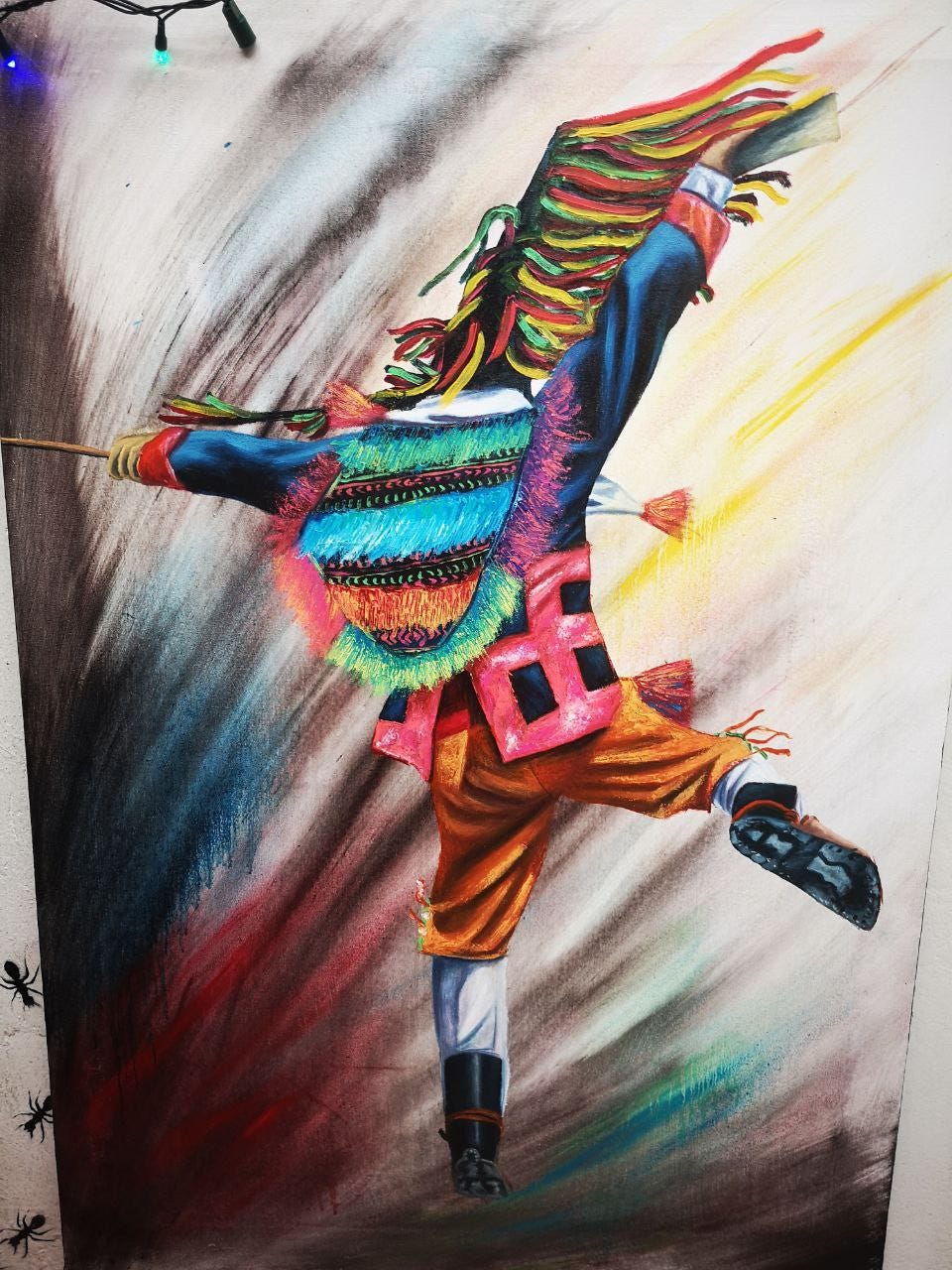[ad_1]
Mexico is hot right now. In every sense. It might not be so boiling hot in fintech as rivaling Brazil, but it is getting there. Here is the Mexico of the moment that I saw
through the eyes of the tourists and the locals.
Scene 1. Cancun, the touristy Mexico.

“When we arrived at the most touristy place in the country, we expected to be fine with our MasterCard bank cards. There are thousands of Americans visiting this place every month. What a surprise: it is most exclusively cash-only. Everywhere. From the expensive
restaurants to souvenir shops to taxis. What is mind-boggling is that the ATMs there would not give you local pesos. They will spit out US dollars. It took us some time to find a proper one.” (tourist)
It seems that the movies are not that far from the truth. Cartel wars are
happening as of right now fighting over the tourist hotspots. The taxis cannot drive out of their designated region at the death warning (for instance, a taxi from Cancun might not be able to enter Tulum). Uber drivers cannot show to anyone that they are
stealing the jobs away from the taxis. Armed guards are spread out on the beach and all around to insure no tourist is killed by a chance bullet.
What does this have to do with the payments? Well, that explains cash, ain’t it?
How can it be transparent bank card payments when the business runs in such conditions. There is either tax evasion happening out in the open, or businesses have to share a portion of their revenues with the cartels. I wonder what the US dollars
in local ATMs are for.
Scene 2. Mexico city, the mainstream Mexico.

“We parked our car in the wrong spot, got wheel locks and had to pay a fine to the government. That would have been a nightmare if we were in any other country, but not in Mexico. All it took was a trip to the nearby supermarket, where the cashier scanned
the code from the fine slip, did some magic in her computer and the payment went through. For some reason our international cards could not be used for this transaction, but we had cash on us. We showed the receipt to the policeman and freed our car in no
time.” (tourist)
Mexico is high on smart cash payments. They are sometimes called voucher payments, or supermarket-based payment, or simply by the name of the supermarket, like OXXO.

Supermarkets, no matter the size, play an extremely important role in the society, performing many banking functions. At the cashier you may pay for your utility bills, for the internet, top up your mobile phone balance or your online game account, transfer
money to another person, pay off loans, fines, basically any governmental or commercial payments.
Supermarket cashier software systems are designed to support this variety and process such payments in real-time. This is unique to the Latin American countries, although you may find similar versatility in South East Asia as well. It used
to be the same development in the ex-USSR electronics stores until the
soulless street machine has won over.
“I used to pay in OXXO all the time before several years ago. But now everything can be done in my banking app, so there is no need. I think that younger and urban people prefer doing everything inside their banking app. Also we can pay with the card everywhere.
But for more traditional folks who do not trust banks and stick to cash, it is their way of doing payments.” (local)
Scene 3. Chiapas, the jungle Mexico.

“There was very unstable mobile phone reception in that jungle, but cards were accepted everywhere. No Apple Pay or Google Pay though.” (spoiled tourist)
Well, even though Mexico is still advertised as heavy on cash country, it is not what is happening there now.
Mexico has been dominating Latin American IT news stream for the past year. Headlines buzzed with new Mexican unicorn stories — Kavak,
the used car marketplace,
Bitso, the cryptocurrency exchange,
Clip, the payment processor,
Konfio, the SMB loans company,
Clara, the digital bank,
Incode, the verification and authentication platform,
Merama, the e-commerce aggregator. Out of the 17 Latin American unicorns, 9 were created in Mexico in 2021.
Funds are flowing in. Other countries unicorns are rushing in to try their luck. Why is that? I guess that apart from being a large juicy market (obviously), Mexico has upgraded their approach to regulation. Mexico
now has clear rules in place for fintech. Open banking, mobile payments, remittances, crowdfunding — all new things, disruptive to the traditional business, can now be done in a controlled sandbox environment.
Mexican banking system is big on the real-time payments — SPEI. This is a system
that allows for a faster transfer of funds between people and businesses, within 30 minutes.
“When I pay for stuff or transfer money to my friend from inside my banking app, all I need to know is the internal account number. I often see SPEI mentioned on the receipt.” (local)

But we have seen the instant payment rails around the world, immediate transfers by phone number linked to bank accounts, or by QR-code linked to bank accounts. Mexico is no stranger to that as well.
Instant payment rails named CoDi were built and launched amid the pandemic and sadly still
have not taken off yet.
For immediate payments Mexico decided to rely on QR-codes, not on phone numbers. You are supposed to scan the QR-code from your banking app, and generate the code within it as well. The bank has to participate in the system. Sounds a lot like Alipay/WeChat.
However, we are yet to see this type of payment to take off and gain traction.
All in all, I think Mexico is pretty well positioned to rival with Brazil for the fastest fintech growth award. Let us see it will change in a couple of years and how cash will slowly transform into digital banks and QR-code payments there.
[ad_2]
Source link




/cloudfront-us-east-2.images.arcpublishing.com/reuters/ARHZ5EW6L5LVVIRTRRXQNLFDWA.jpg)










